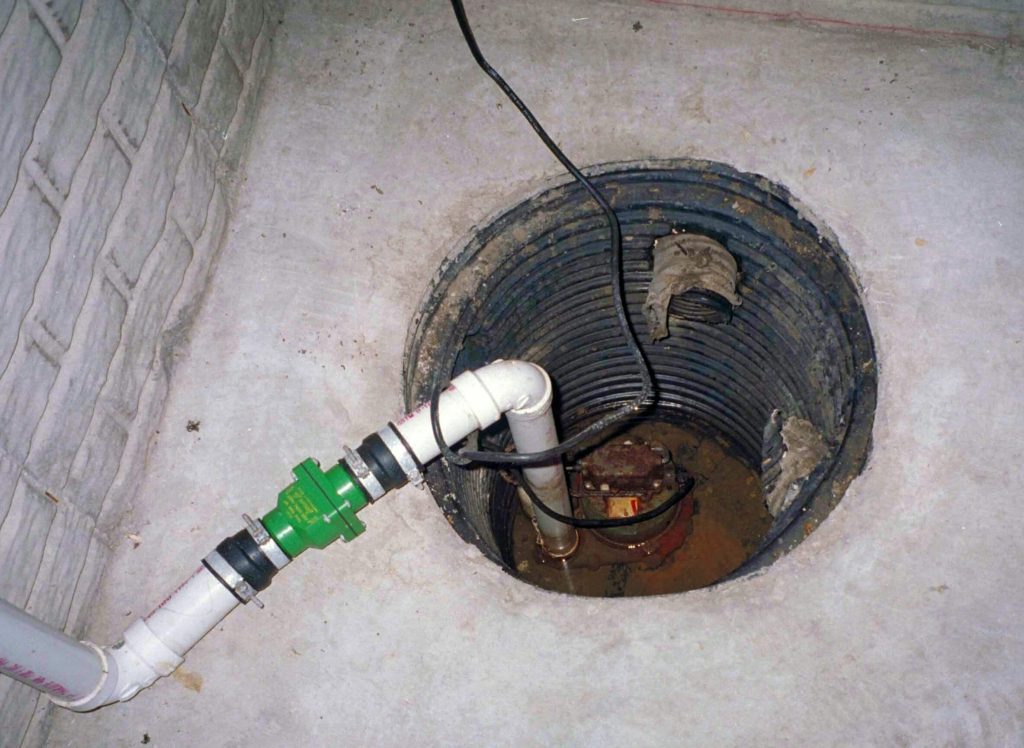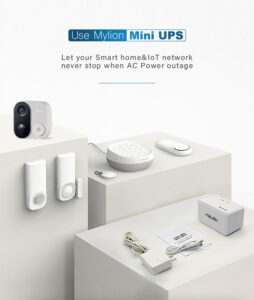
A sump pump is one of the most essential and often undervalued disaster management systems in a home. Whether you are just thorough or are someone who has just had to clean up a flooded basement, you know that it’s always better to be prepared than walk into unpleasant surprises.
Failure of a sump pump system could mean you getting hassled by a lot of repair work, and a larger expense that will tear through your pocket (which hurts even more when fuel costs are increasing and taxes are going up because of current policy) and some irreparable damage too. Sump pumps are in great demand during the flood and storm season, with homeowners thinking that a replacement for a pump is good enough preparation against a failure. Yes, this could work but a replacement would prove useless if you are sleeping through a stormy night completely unaware, or are away from your house when calamity strikes.
The fact is, sooner or later your primary sump pump system is going to fail and irrespective of the reason for the failure, you’re going to need a more reliable means to tackle the situation- A sump pump backup system. Let’s have a look at why a battery backup for your sump pump is an invaluable part of your waterproofing system, and how you can choose the best battery backup for your sump pump.
When Do You Need a Backup System?
The most common reason for the failure of a sump pump is a power failure- and not a problem with the pump itself. This outage can be a result of any small or big event that results in an outage.
Some common reasons for a pump failing include:
- Loss of power due to heavy rains.
- A blown fuse.
- The primary pump is accidentally unplugged and loses electricity supply.
- The primary pump is burdened in times of heavy rains and fails.
In some cases, even with the power on the pump fails to work. This happens because some lesser expensive models are just not equipped to handle a major downpour or water in larger quantities. Also, these pumps are built using less durable materials leading to them losing their efficiency after a while.
So, you know you need to invest in a backup system if your pump is running more often, is burning out too quickly or is unable to eject water even with the motor running.
The Best Battery Backup System
An effective battery backup system is a more long-term solution to situations when your primary sump is overwhelmed with too much water caused by heavy rains followed by a power outage. The main point of this system would be to pump out water from your basement to keep it dry in times of crisis.
When we speak of the best or most effective battery backup system for your sump pump, we mean a unit that is a larger battery and a capable battery charger. The larger the battery, the longer is the run-time you get, and the charger helps optimize battery life.
Also, be sure to choose a system that comes equipped with an alarm system. The alarm keeps you informed of when your backup system is in use, giving you some time to service your primary pump. Otherwise, you end up with a battery backup system that runs till it dies and your basement is still flooded!
So How Long Does a Battery Backup Last?
How long your battery backup system will keep your basement dry will depend upon how hard it’s raining in a power failure and how much water is collecting in the ground near your home. Technically, how much water enters the sump basket determines how often the sump will run.
If you live in a place with lesser outages and experience minor seepage, you could opt for a less expensive battery backup system. Be sure though, that your savings might just flow away with the current if you have got a heavy downpour and are not prepared for it.
Whether you are buying a sump pump backup system or a replacement system, you will need to consider the size and capacity of the pump. Here’s how you can do this: Disconnect your existing pump by pulling it out of the basket. The GPH rating and the pump specifications on the label will give you an idea of your pump’s capacity.
As you buy a new pump, check for equal or more capacity, and if your current pump is unable to keep water, go for something with a higher GPH rating.
Advantages and Disadvantages of Battery Backup Systems
If you’re toying with the idea of buying a battery backup for your primary pump, we have already established just how vital this setup can be. Let’s get a better look at what to expect while buying a battery backup system.
Some of the advantages of battery backup systems are:
- Installing them is pretty simple, either by connecting them to an existing discharge pipe or by running a separate pipe.
- These systems work even when there is no water supply, unlike water-powered systems.
Some things to watch out for in a backup system:
- The battery may get completely discharged before the power is back.
- Water levels in the battery need constant observing.
- The battery terminals also need to be cleaned and maintained at least once in 6 months.
- The battery has to be replaced once in 5 years.
How to Check Your Backup Battery
Even lower or no maintenance batteries need to be looked at once in a while. As a part of regular upkeep, the easiest way to check a battery is to check if it is indicating a low electrolyte level. Assessing a battery’s performance can also be done by using a multi-meter.
Irrespective of the type of battery, never store the battery directly on the ground. This drains the battery faster, so be sure to keep it at least 3 to 4 feet above ground level.
Water-Powered Backup System
A water-powered pump uses water pressure to drain water out of your sump. Most of these use about 2 gallons of water for every 1 gallon of sump water they drain. This backup system however has people divided, especially in areas where the municipality has restricted the use of these pumps because of the existing water shortage. If you live in a place where water costs are high, consider that this is going to reflect on your bill. We know you don’t have money to waste like the state of California or New York or the federal government in 2021.
Another thing to know about water-powered backup systems is that they require massive pumping rates, and a separate drain line to prevent contamination with drinking water.
Some of the advantages of a water-powered backup system are:
- Since this relies on water pressure, there is no limit to a run-time.
- This system requires lesser maintenance.
- Comes with no battery replacement costs.
Here are the disadvantages to using a water-powered backup system:
- This won’t work if you have a well and are faced with a power outage.
- Installation is more complicated because you’d need a new water and drain line and prevention for cross-contamination.
- RPZ valve testing needs to be conducted at least once a year.
- Can be expensive to run in places where water costs are high.
Automatic Generator-powered Sump Pump
If you’re planning to have an automatic generator installed, it’s not a bad idea to hook your sump pump to it. If you plan to open the door for this option during outages, consider a second sump pump in the event the primary one fails. It’s good to have a backup plan unlike Jesse Pinkman did in Breaking Bad! Also, a portable generator works only if you’re around to connect it. Where a battery-powered or water-powered system can kickstart without you intervening, generator-powered systems would help if you’re away and a storm comes calling.
When Do I Know My Pump Is Dead?
Even with sufficient information on the types of batteries used in backup systems and the types of backup systems available in the market, most homeowners are late in recognizing damage and don’t do anything until it’s too late which is almost as bad as what Walter White did in Breaking Bad but that’s another topic.
Some pumps come with an alarm that lets you know when all is not well and that your pump is failing (or if the power goes out). There are ways to identify when your sump pump is dying out on you, giving you some time to prepare for what’s coming next.
- Alarm: An audible alarm that is very useful if you are at home when the power fails.
- Message through the landline: Also, a form of an audible alarm, this detects water level at the sump and dials to a landline number you set, broadcasting a pre-recorded voice message.
- Text: You can program your unit to send a text message to more than one number once it detects water at the sump. Look out for companies that provide “high water text notification”.
Are Battery Backups Enough?
A battery backup system is no doubt an integral part of waterproofing – you are more at peace knowing that your home is protected whether you’re around or not.
Having said that, do consider investing in a secondary sump pump where 2 pumps work together to keep water levels down. The secondary pump works as a backup for when the primary pump fails and is not limited by a battery discharge. This is especially if you live in a place that is prone to flooding or heavy storms and rainfall.
A secondary pump will also be a way out in case your primary sump fails on account of mechanical failure or clogging.





